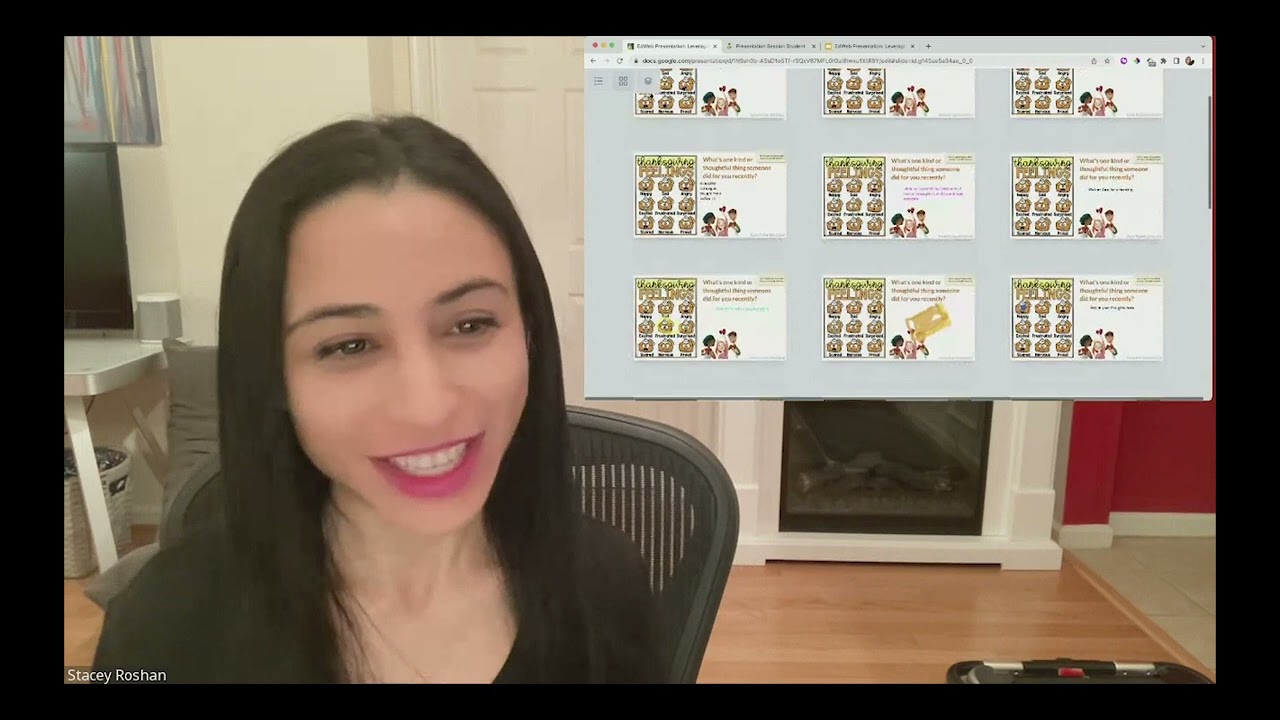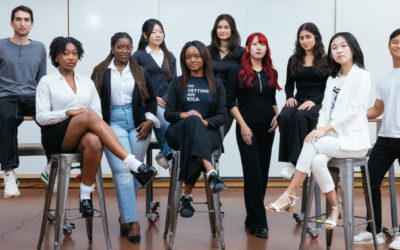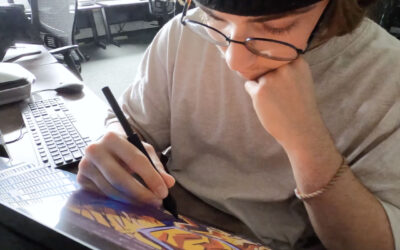How can we, as educators and leaders, embrace technology to ensure all voices in the room are heard? In the short video below, noted educator, speaker, and author Stacey Roshan explores this question:
She also explored this question in depth in an EdWebinar we hosted in 2022, asking the question: how can we can shift from a “first-is-best” culture to one that sends the message that everyone’s voice matters — and that everyone has the potential to excel in the classroom?
This session dives into how technology can help educators get to know students as individuals, deepen relationships, and give students the resources they need to take ownership of their learning — recognizing that it’s not so much about the tools but rather the why we do what we do for our students and our school communities. Stacey began her teaching career as a math educator, and now her insights inspire not only math educators but all teachers across the K-12 curriculum.
The webinar, a recording of which you can watch below, is of interest to K-12 teachers, librarians, school and district leaders, education technology leaders, curriculum leaders, science department chairs, and STEAM and STEM teachers. In it, Roshan explores practical techniques and powerful strategies for personalizing instruction and making classrooms a place where every learning style is welcome.
Short on time? Read on for a few key takeaways from the session.
Key Takeaways from the EdWebinar:
1. Collaboration
Collaborative technologies can help educators get to know their students as individuals, making personalized instruction accessible and available for all learners.
2. Evolving teaching
Technology tools and applications can help us evolve teaching and learning from the “first is best” culture in competitive classrooms, to an environment in which everyone’s voice matters, and every learner has the opportunity to excel.
3. Tech can empower all learners
Using technology solutions that enable students to show their thinking, work through problems and challenges together, and use errors as teachable moments in a safe learning environment makes it possible for all students to participate and own their own learning.







